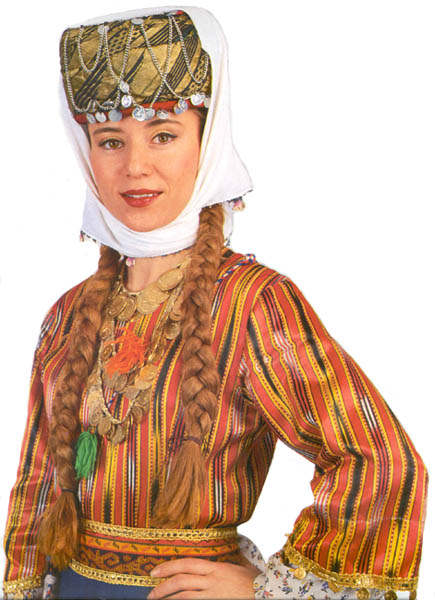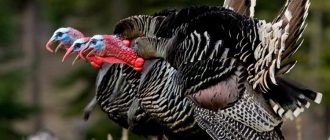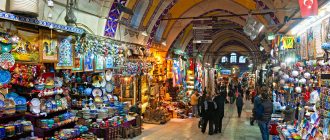Turkish Traditional Costumes, Traditional Costumes of Turkey
The traditional Turkish costume has kept on changing with the passage of time as each successive civilization brought with it its own dress sense. Amongst the earliest records that hint at the clothing and attire of the ancient Turks are wall paintings and miniatures.
The Turks made use of a wide variety of materials to create their costumes. They were very particular about their clothing and were fond of using exquisite materials. Cotton and woolen fabric would be specially woven on handlooms and they would import fine quality silk from China.
The trademark attire of the Turkish people is both fashionable and functional. This had to be so because the daily mode of transport was the horse, hence they needed to be wearing a costume that would enable them to ride horses with comfort and ease. This is why there is a striking resemblance between the clothes that were worn by women and those worn by men.
The use of leather and other felt materials was quite common amongst the Turks. This was primarily because of their close association with nature. They would also make their clothing and various accessories using sheepskin, fur and other woolen materials.
Leather boots were also part of the costume of the Turks. They would sport them along with a mintan shirt and a special short caftan that would be hooked along with a belt. This would serve as riding trousers for them. They would be loose at the top and would narrow down as they extended towards the shoes. Leather boots and Caftan were considered to be the fashion accessories of the elite.
A special kind of head covering was also worn by the Turks. Made out of sheepskin or fur the head covering known as Bashlyks was meant to offer protection against cold. They were also considered to be symbols of high status amongst the locals.
As different cultures from Asia migrated to Anatolia, new clothing customs were developed. The use of integrated motifs and symbols along with a combination of styles developed which became a clothing tradition in its own rights with the passage of time. Amongst the tribes that made their way to Turkey were the Tartar, Azerbaijan, Uygur, Kurkhiz and Ozbek people and all of them had an effect on each other.
Since the natural landscape of Turkey is extremely diverse you can find traditional costumes for every season. Often the Turks would add on fur linings to their summer wear in order to make them suitable for the winters.
With the expansion of the Ottoman Empire even more cultures and customs made their way into Turkey. In fact Turkey established a massive textile industry in many of its states such as Busra, Istanbul, Konya and Denizli and in many ways became the fashion capital of the time.





